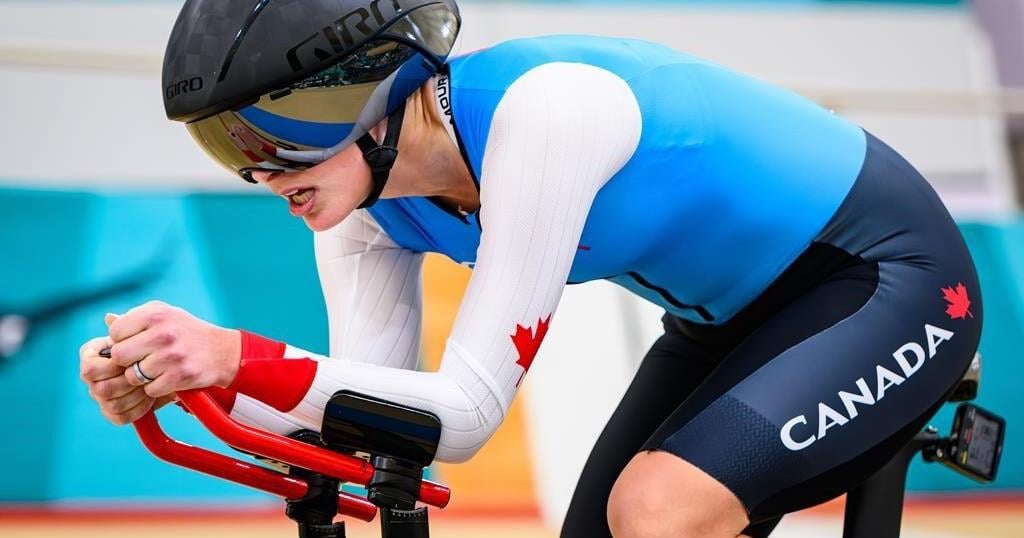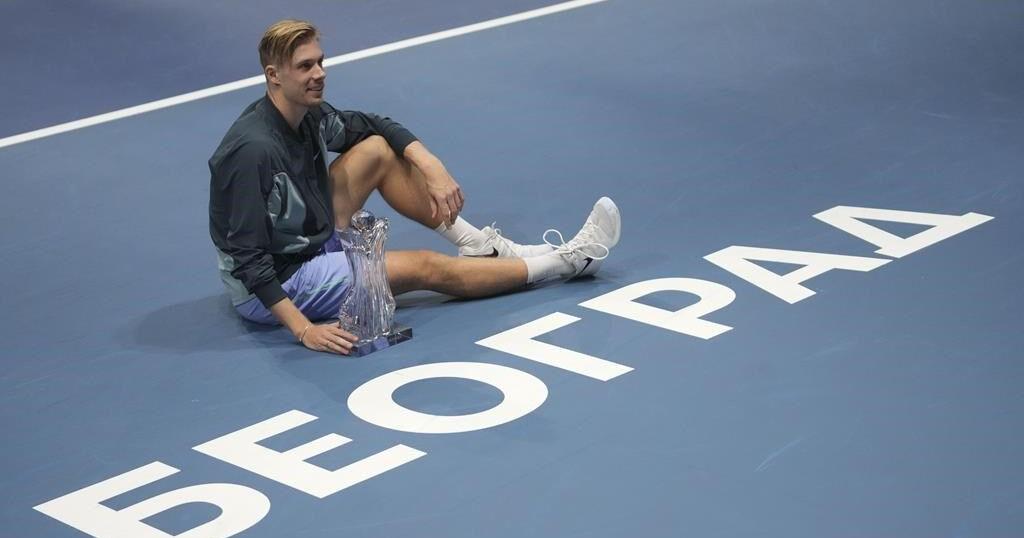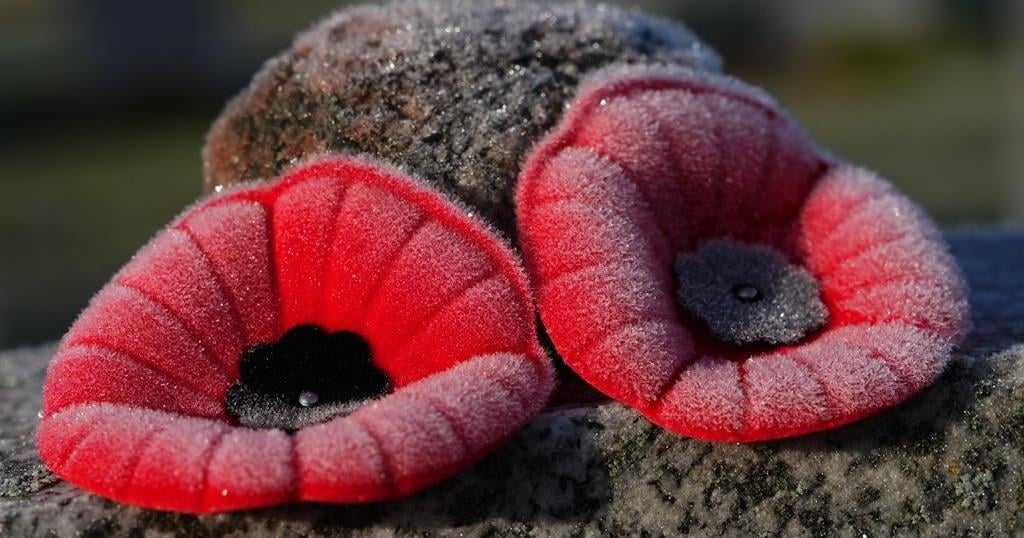PARIS – Keely Shaw and Alexandre Hayward had big hockey dreams early in their lives.
Their ambitions on skates dealt devastating blows when they were 15 years old, the two Canadians channelled their competitive drives into bikes to land on the podium Friday at the Paralympic Games in Paris.
Shaw of Midale, Sask., repeated as a bronze medallist in track cycling’s women’s 3,000-metre individual pursuit after she was third in Tokyo three years ago.
“Winning a medal is hard,” Shaw said. “To do it in two consecutive Games is a whole other level.”
Hayward of Quispamsis, N.B., earned bronze in men’s pursuit in his Paralympic debut.
“I’ve been dreaming of going to the Paralympics ever since I had my injury 12 years ago,” said the 27-year-old.
“To add a medal to that dream was almost unrealistic and to do it in my first event of three is as special as it gets.”
Canadians won three bronze medals the first two days of track cycling, including Calgarian Kate O’Brien’s in the women’s time trial.
In pursuit, two riders start on opposite sides of the track aiming to post the fastest time and hunt down the other cyclist.
Shaw and Hayward went deep into their reserves Friday, with morning qualifying followed by afternoon medal matches.
Shaw beat Samantha Bosco of the United States with a personal best time of three minutes 46.942 to Bosco’s 3:48.589.
“In order to be a good pursuiter, you need to be really good at turning off all your signals because my brain is screaming at me to stop,” Shaw explained. “It is a mental game to say ‘no, you will not die.'”
Australia’s Emily Petricova ended the gold-medal bout early by overtaking New Zealand’s Anna Taylor.
Hayward defeated Spain’s Eduardo Santas Asensio by over three seconds in 3:24.865. Jaco van Gass downed Finlay Graham for gold in an all-British matchup.
Shaw suffered partial paralysis on her left side when she fell off a horse on family’s southern Saskatchewan farm.
“Para cycling slotted in so nicely to fill this hole in my heart that hockey left behind,” she said. “Growing up, I was a hockey player. I got hurt when I was 15 and tried to go back to playing hockey, but I was no longer in the same body.
“I was really frustrated trying to play hockey because I was constantly trying to compare myself to the athlete I once was.
“When I got on the start line for my first bike race, I suddenly felt like myself, I started to feel like an athlete again.”
The 30-year-old competes in the C4 classification for athletes with lower-limb impairment.
Hayward broke his neck playing midget triple-A hockey just weeks before the QMJHL draft.
“That’s what I was hoping to do was play in the QMJHL,” Hayward said. “Things changed pretty quickly.”
He has use of arms and legs, but all limbs are impaired. Hayward’s C3 classification is for athletes with moderate upper or lower limb dysfunction.
“I spent awhile there where I couldn’t even scratch my own nose,” he said. “I eventually got enough mobility back to even start talking about the Paralympics and got really excited about it because sport played a huge role in my life. It was a huge motivator for me over the last 12 years.”
Shaw combined Paralympic preparation with defending her doctoral thesis in exercise physiology. She’s now Dr. Keely Shaw, who teaches at Mount Royal and researches iron deficiency in athletes at the University of Calgary.
“This past year has meant so much to me, from defending my PhD and starting a new job in Calgary, and there were a lot of questions in my mind whether that was the right move . . . whether I was giving up cycling, whether I was not going to be able to do it,” Shaw said.
“I showed today, just the resilience I have, I can chase these two birds.”
Hayward is a University of New Brunswick engineering graduate. Shaw and Hayward get on their road bikes next week in Paris in the time trials and road races.
“I got a fourth in the time trial in Tokyo. I would love to upgrade that to a podium, but at this point in time that’s a cherry on top,” Shaw said. “I’m excited to have another opportunity in a few days.”
This report by The Canadian Press was first published Aug. 30, 2024.

























